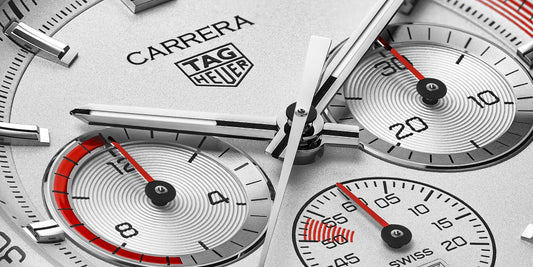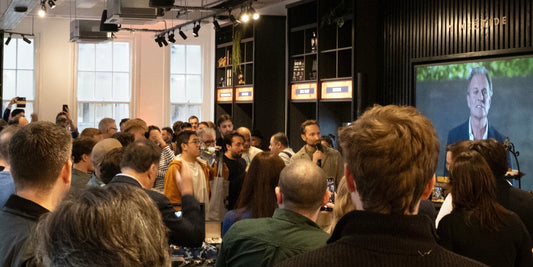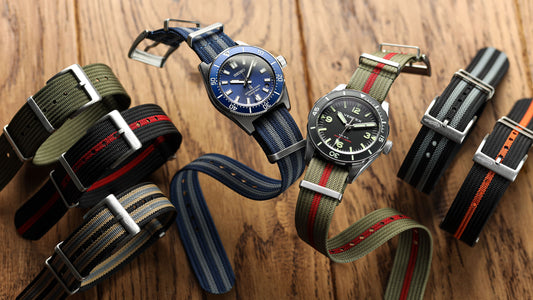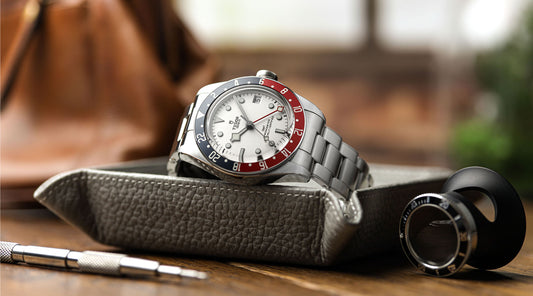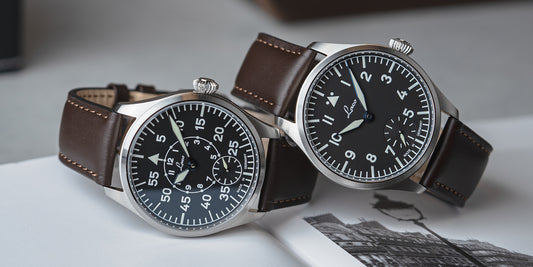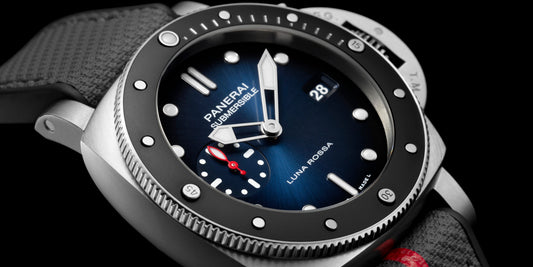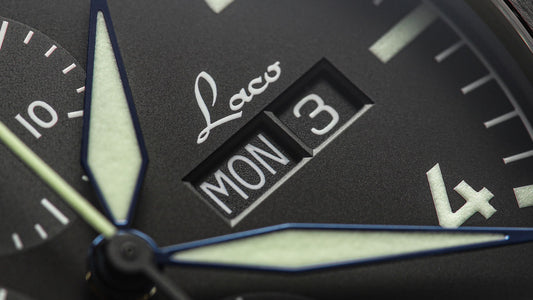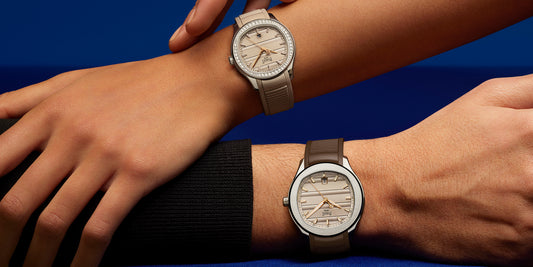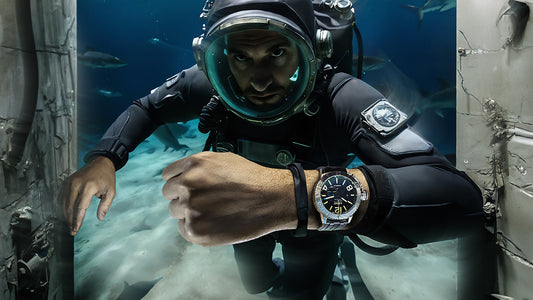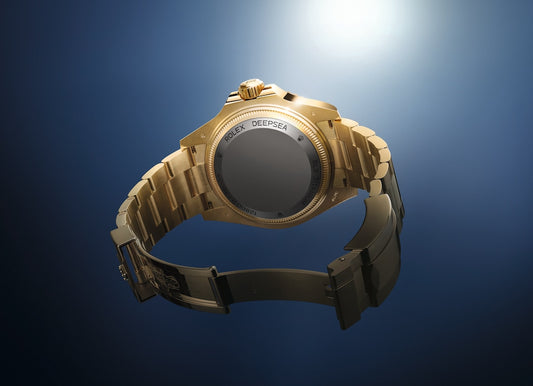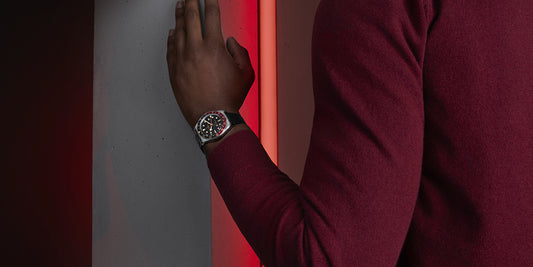Over the last few days the UK has endured freezing temperatures. Last week, just for kicks, I snapped my Geckota Phalanx chilling in -6. These temperatures are rarely an issue for mechanical watches however if your watch choice is of a digital persuasion then freezing conditions can seriously affect its operation.

I found this out to my cost when at around -11 degrees in a frozen Forest of Dean the LCD in my Casio SGW300H Pro-trek began to struggle. At first I thought that the battery was running low but there was no battery warning and soon after I re-entered the warmth our log cabin the watch fired up normally again. The fade occurred when I was toggling between functions such as the barometric trend indicator and home screen. The display became sluggish and was noticeably dim to the point of virtual translucence.

A liquid crystal display contains liquid housed between two layers of conductive glass and polarized filters. To make up a single number the glass layers allow light to pass through eight segmented zones any of which can be blocked to generate a recognisable digit. For example, all eight segments are activated to make the number 8. Whereas five segments are required to make the number 3. Casio state that the lowest operating temperature for my SGW is -10°C (14°F), and in fairness the watch never stopped working, but it did spur me to investigate buying a very low temperature capable device.
![]()
I was required to look no further than Casio who of course had identified this technical issue and worked out a solution. There are a series of G-Shock watches which can best be described as extreme units and Casio guarantee they will operate as low as -20°C (-4°F). Advanced Low Temp LCD technology can be found in the G6900, G7900, GLS5600 and Specialist Rangeman units which also use superior lithium batteries to resist Arctic temperatures. Indeed a great factor in these watches working in freezing condition is the better battery.

Possibly the most popular Low Temp LCD is the bulletproof G-Shock G7900-1ER. One of Casio’s mainstays this watch is to many the quintessential G-Shock. 50mm in diameter, 18mm high and weighing just 68g it is not as bulky as many giants Gs. Available in multiple styles the G7900 comes with an impressive list of functions which include a moon age and phase indicator, a smart tide graph which works well if programmed correctly, 29 global time zones, 200m water resistance and, pertinent to this feature, a claimed low operating temperature of -20°C.

I found an image online posted by a G7900 user which was taken in Calgary Canada in -27 with a “feel like” of -39. Screen shot below. I am amazed that the human involved was functional enough to take the photograph let alone be able to show that his G-Shock was unaffected. It is a hugely impressive image which proves that the Low Temp LCD really works.

When you can find a G7900-1ER for under £100 online you have to ask the question why would you not own one? They are visually impressive with constant design reimagination keeping them contemporary. So often in watch-world high capability translates to high price. Casio G-Shock continually bucks this trend which remains one of the enduring charms of this brand.
RB note: It’s ironic that the G7900 images used in this feature were kindly taken by a good friend and supporter of the WatchGecko Magazine. Prof. Jason Jacobs lives in Brisbane and is currently basking in a 30+ degree Australian summer. Thanks Jase, we’re not envious at all!

